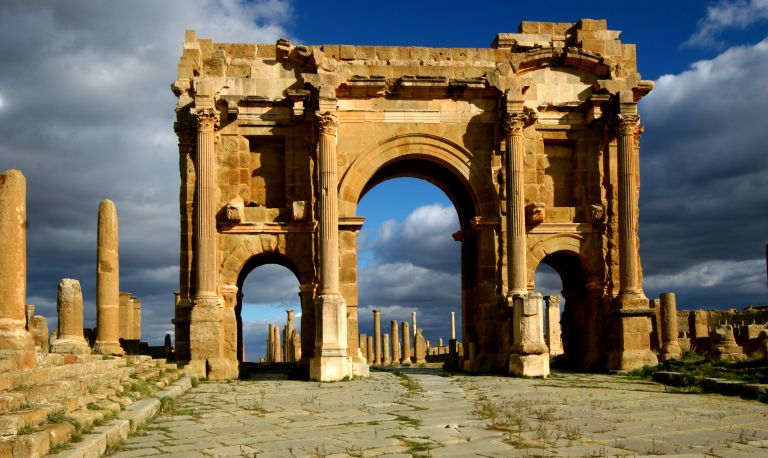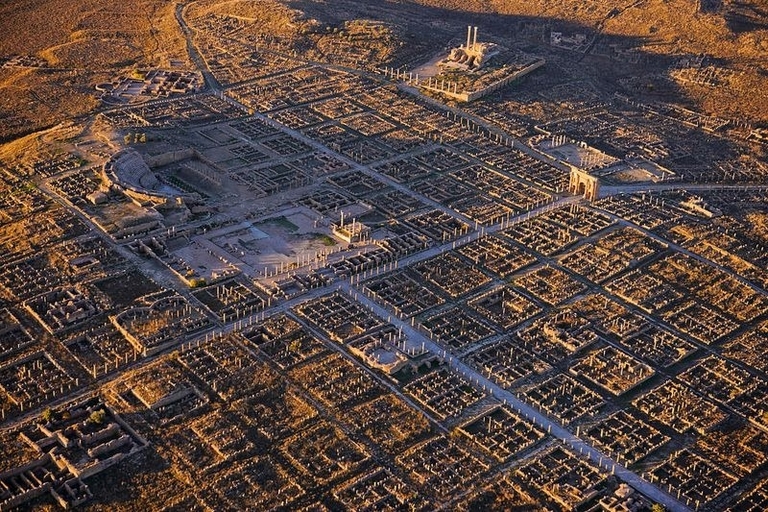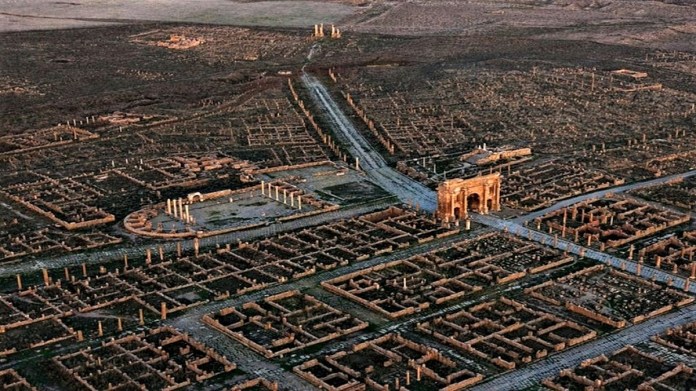There’s something about history ancient cities which intrigues us, isn’t it? And if you are interested in the subject, then there’s nothing better than the well ahead of their times, ancient Roman cities. One city in Algeria is Timgad, a fantastic example of a Roman colonial town. The city is a World UNESCO heritage site and rightly so. Why? Because this 2000-year-old city is surprisingly well preserved and has a modern-day like grid design. Scroll down to know more about this World Heritage Site.
All About Timgad- The Roman City

Image Source: Pinterest 
Image Source: Wikipedia
Located in Algeria, about 35 km east of the city of Batna, Timgad is a well-guarded secret of Algeria. It was built nearly 2,000 years ago, by the Roman Emperor Trajan. Timgad is one of the best surviving examples of the grid plan used by the Roman city planners. The name has been taken from the Berber (ethnical group) name of the place, Thamugadi, meaning ‘the peaks’. It was built as a military colony and was intended to serve as a bastion against the people of nearby Aures mountains.
History Behind Timgad
The city enjoyed a peaceful existence for the first several hundred years, and then in the 3rd century, it became the centre of Christian activity. By the 4th century, it turned into a Donatist centre. In the 5th century, the city was dismissed by the Vandals before declining. Then finally at the end of the 5th century, the town was destroyed by Montagnards (people of the mountain) of the Aurès.

After the 7th century AD, no new settlements were founded on the site, so the city was moderately preserved under sand up to a depth of approximately one meter. The Scottish explorer James Bruce was the first European to visit the site after all the destruction. Later in 1790, he published the book ‘Travels to Discover the Source of The Nile’ in which he described what he found in Timgad.
It’s Surprisingly Modern Architecture

The original Roman grid plan is magnificently visible in the entire city. Located at the crossing of six roads, Timgad was a walled city. Originally it was designed for a population of around 15,000, but then city quickly outgrew its original specifications. During the time of the founding, the area around the city was a fertile agricultural area of about 1000 meters above the sea level.

Image Source: Twitter 
Image Source: Dr Sophie Hay
From the entrance, a path leads to the museum, which for many years has been closed for the general public and was preserved only of scientists. From the museum, a different path leads northwest to the Great Baths of the North, where there is a substantial public place of some 40 rooms built outside the original camp walls. One of the major highlights is a 3,500-seat theatre, used for contemporary productions and other vital areas. The buildings include four thermae, a library, and a basilica. Timgad also has a temple dedicated to Jupiter, with similar dimensions as the Pantheon in Rome.
The ruined city of Algeria has so much to offer, and it indeed demands your attention. And if you are someone who loves history, then this place is totally for you!
(Featured Image Source: elitereaders.com)




